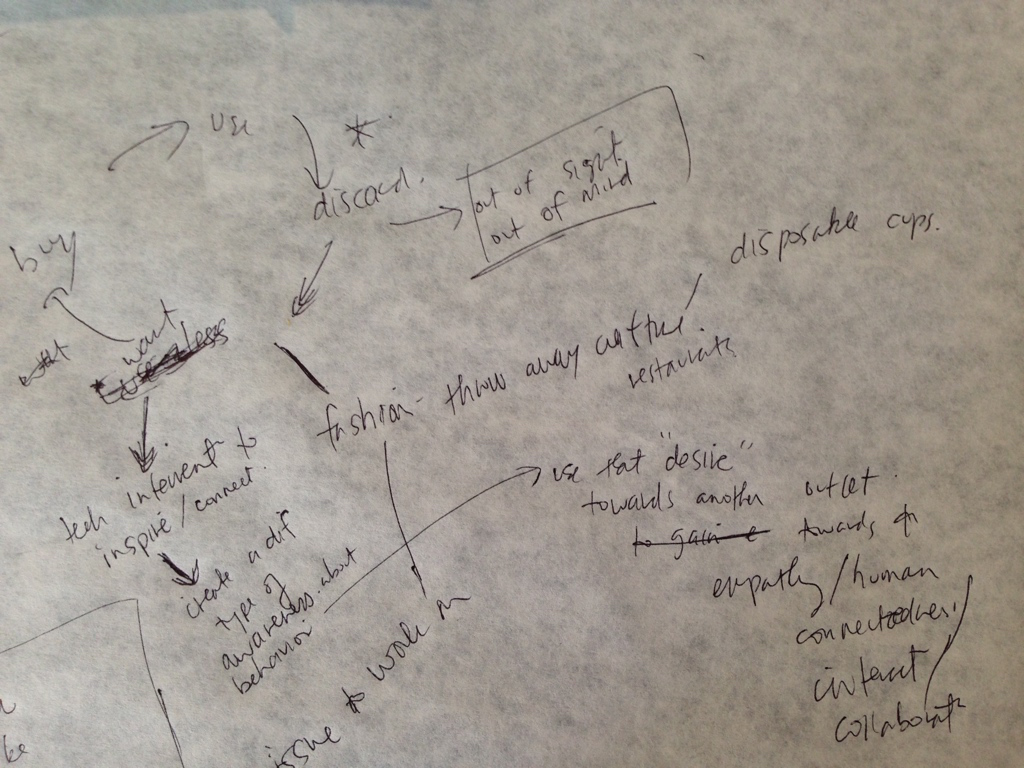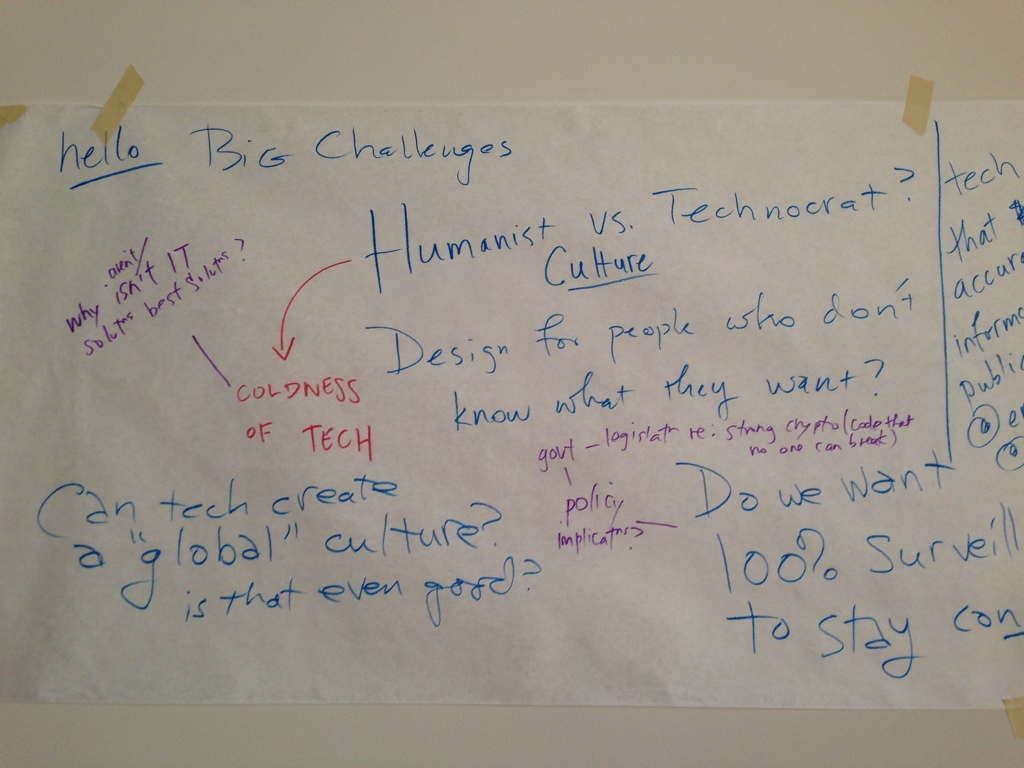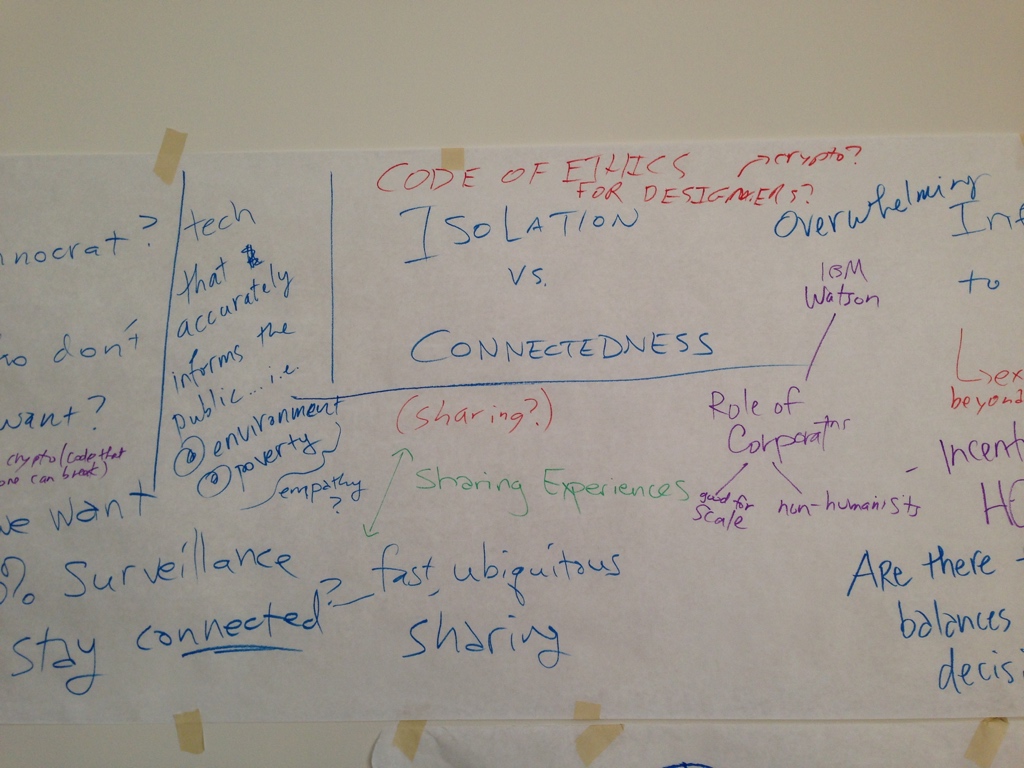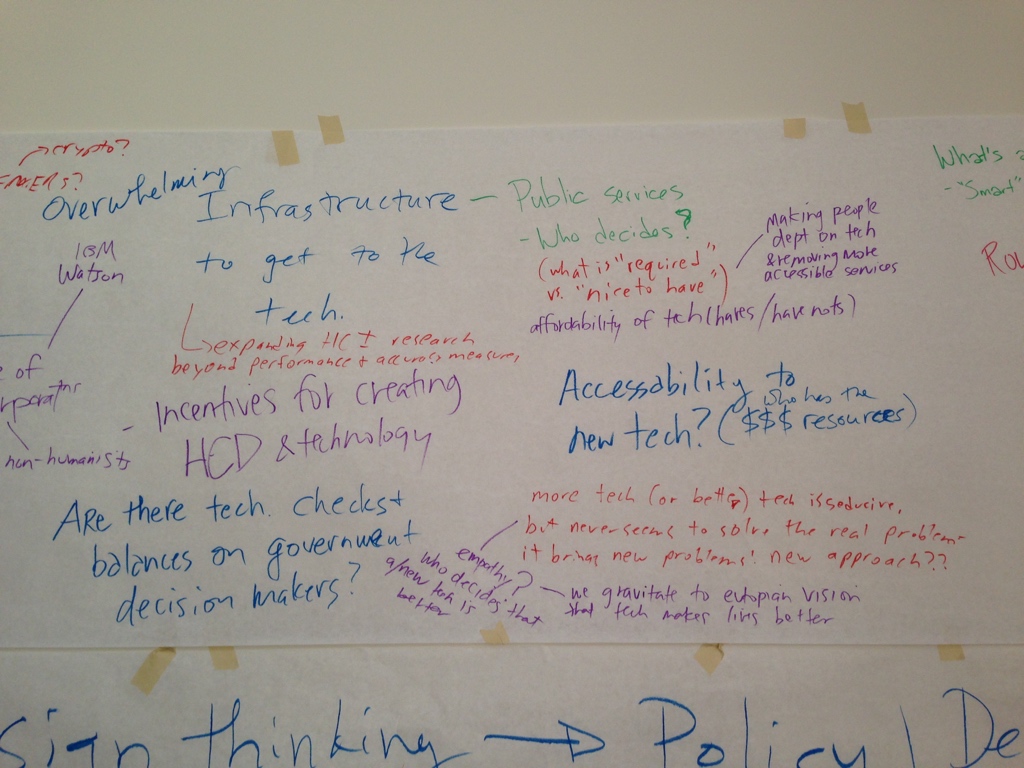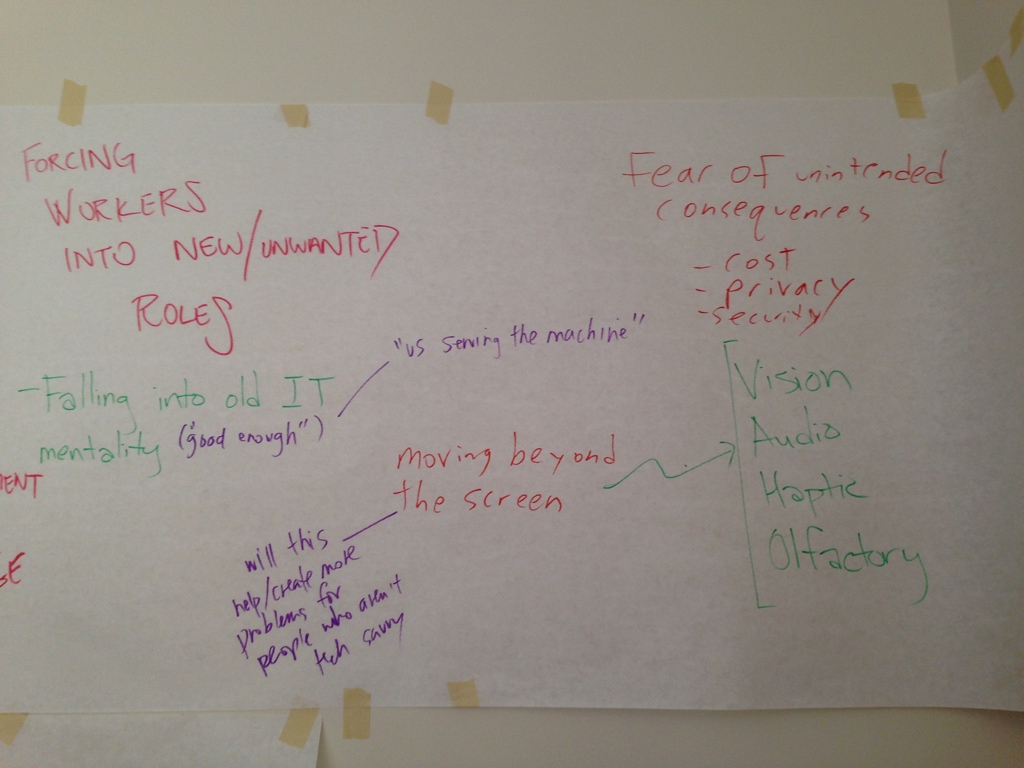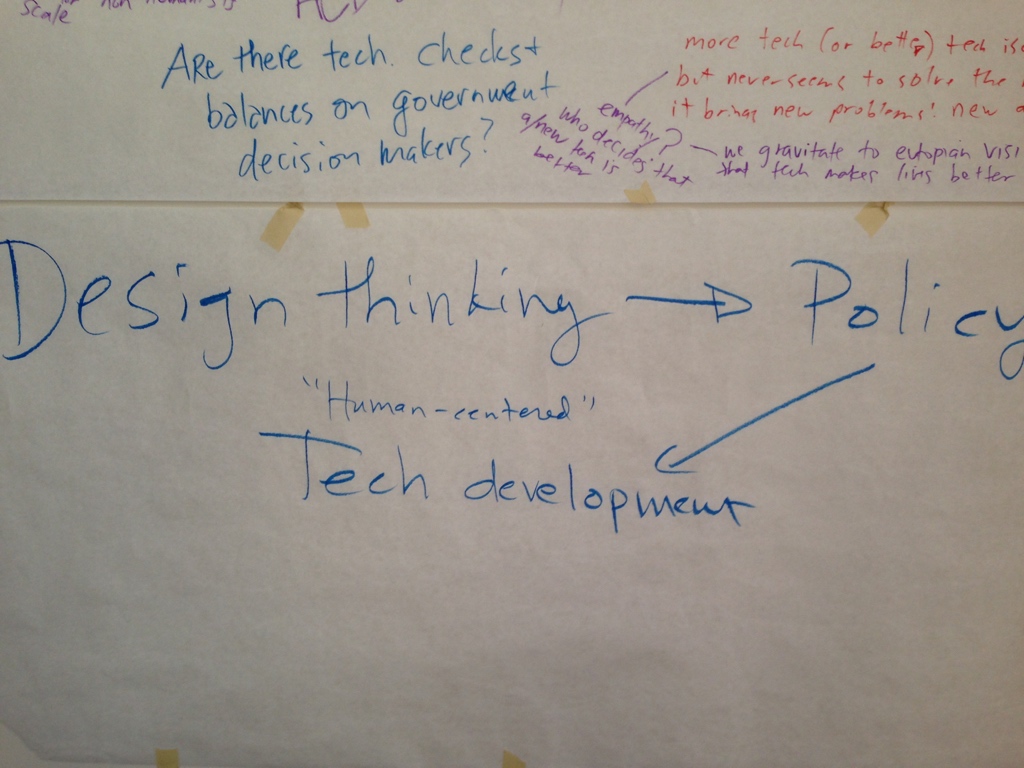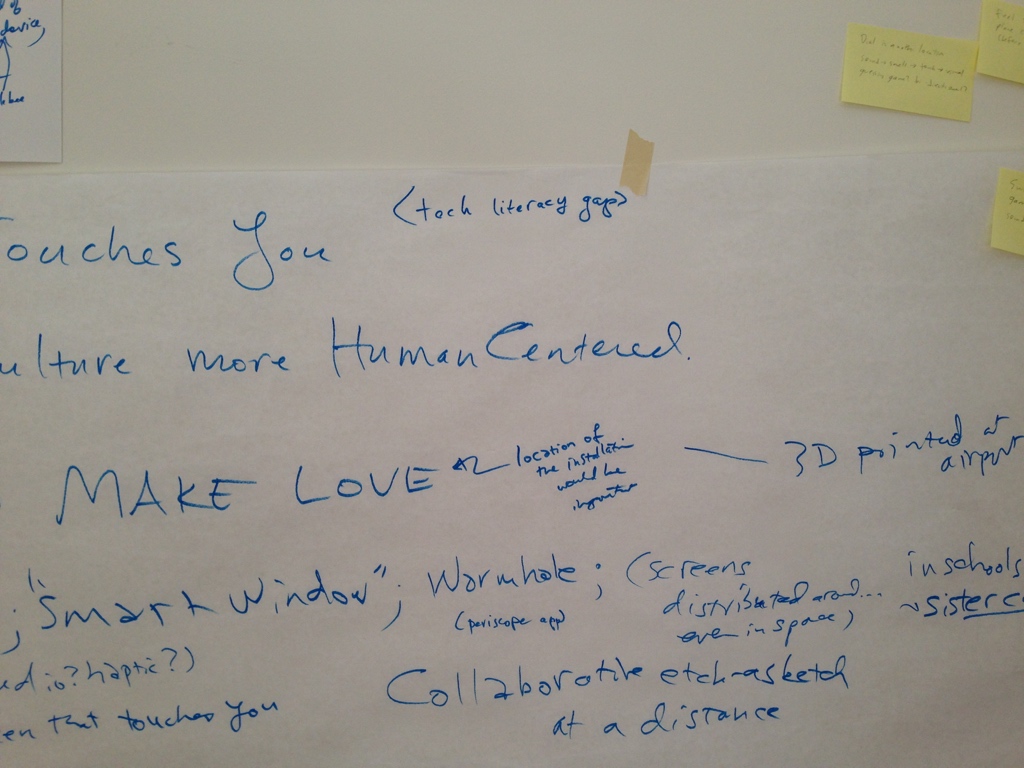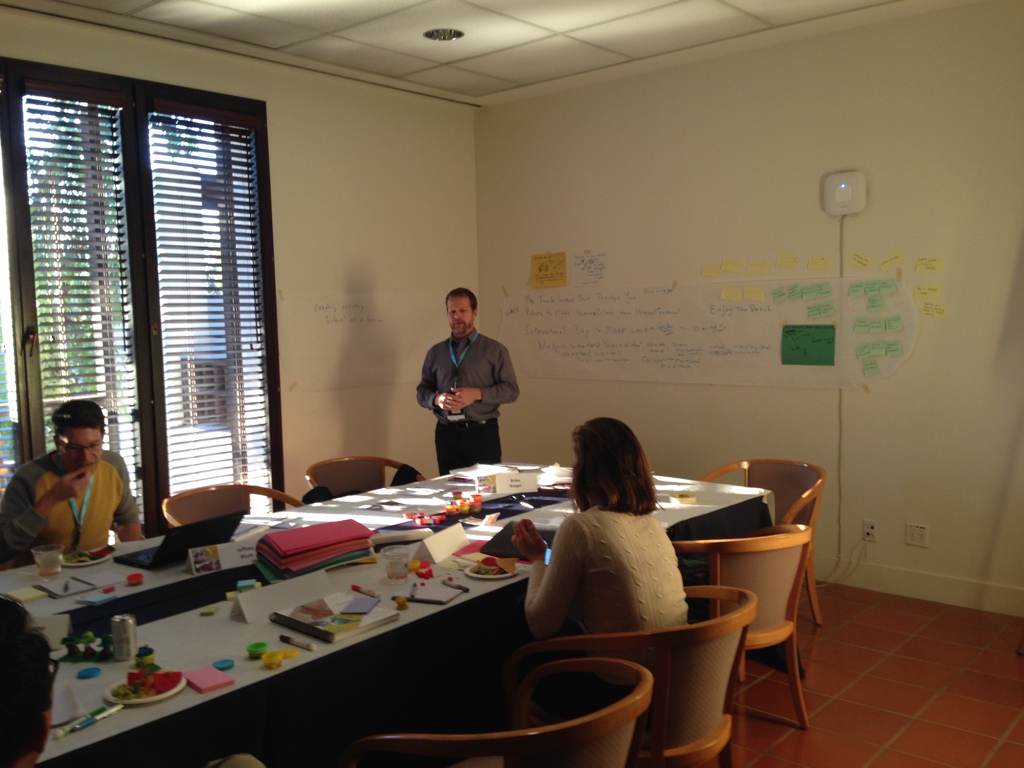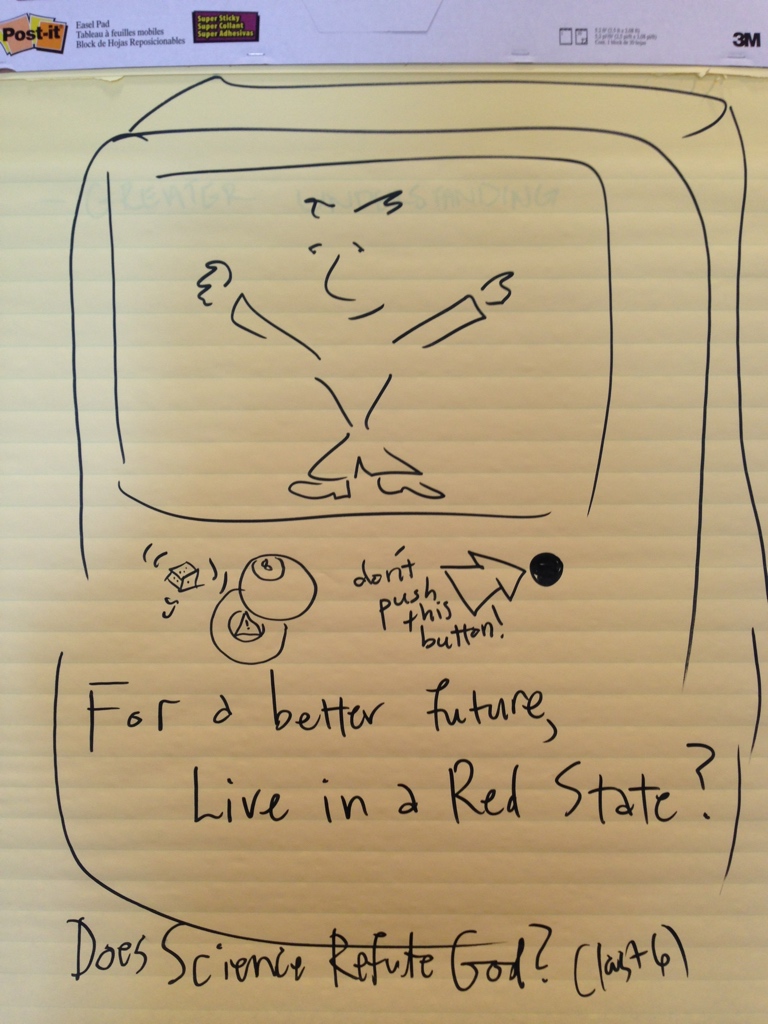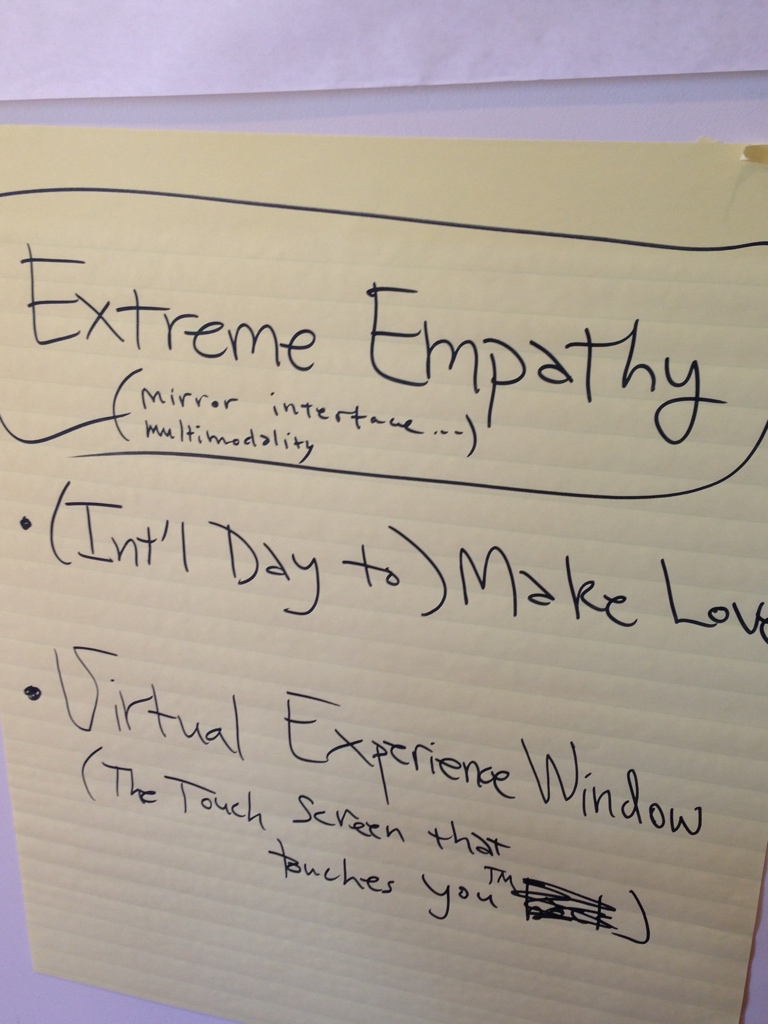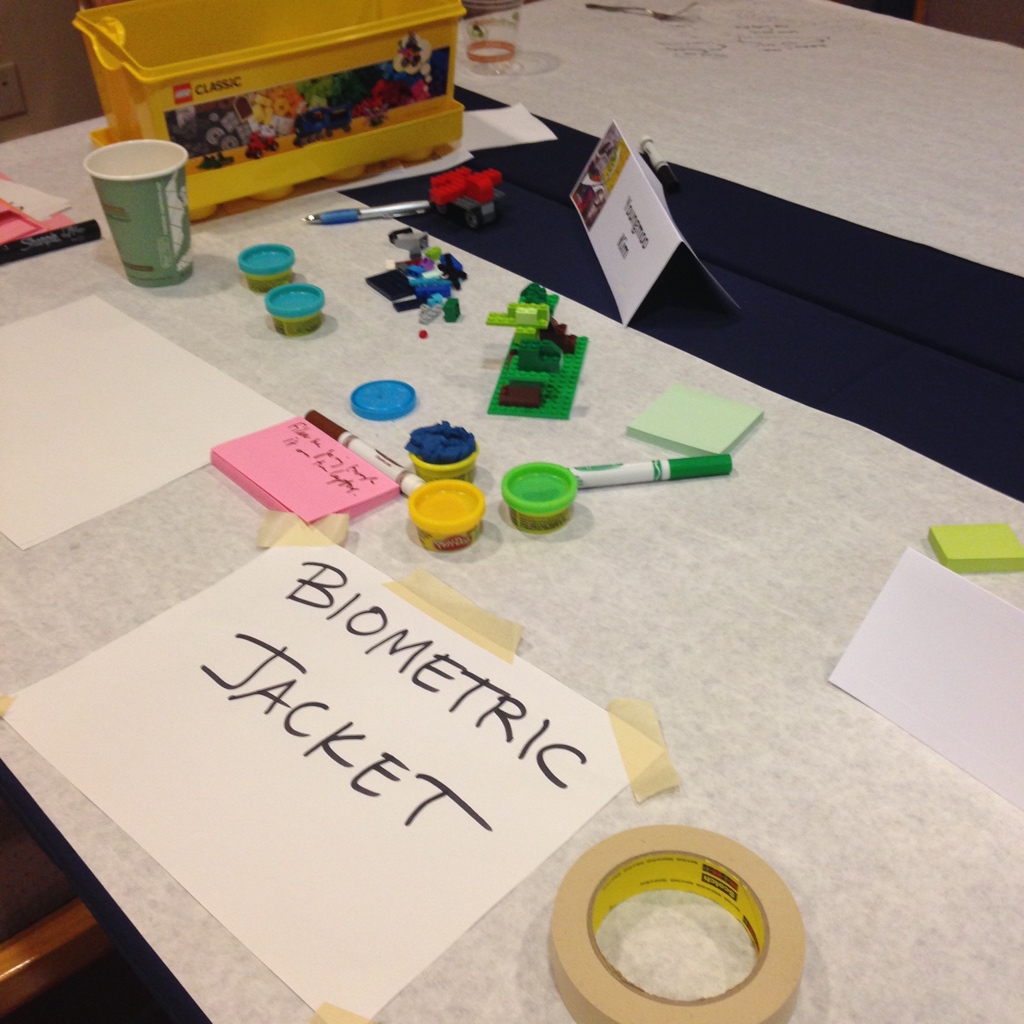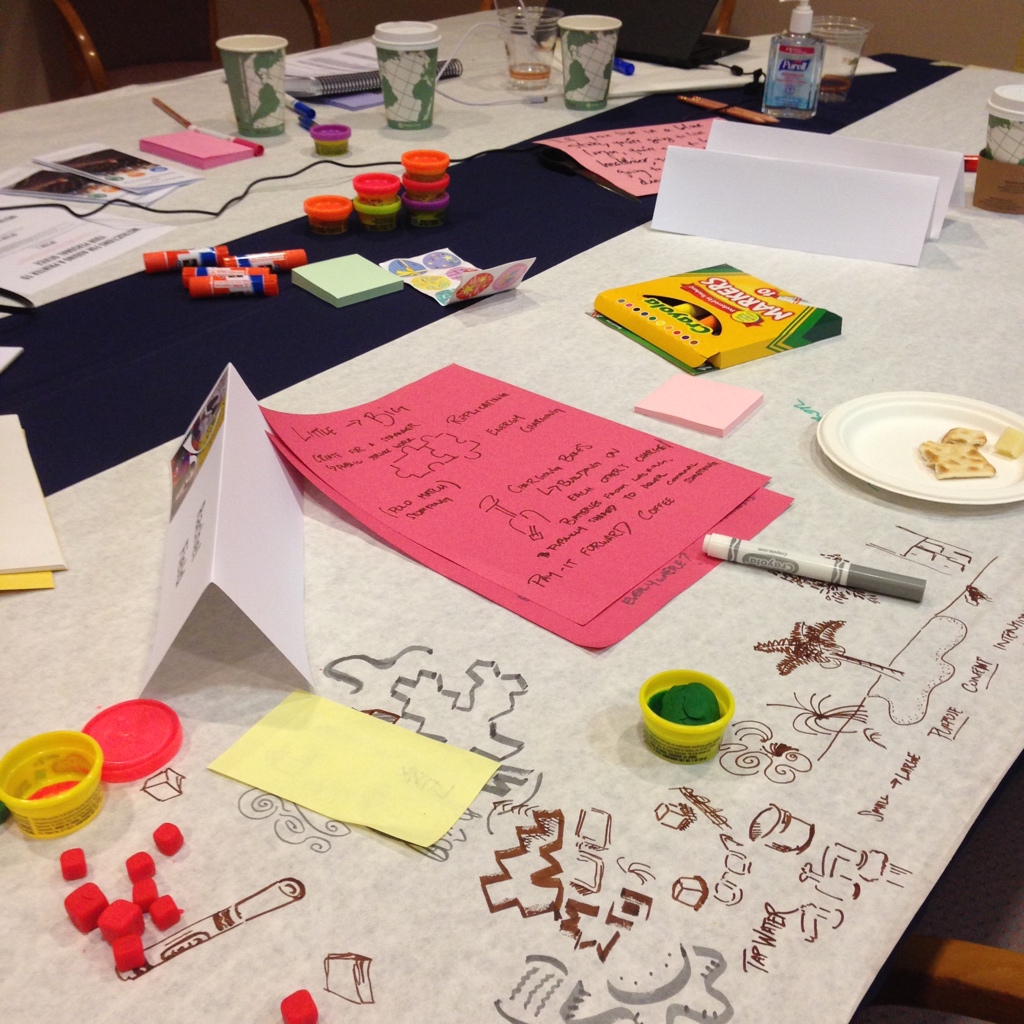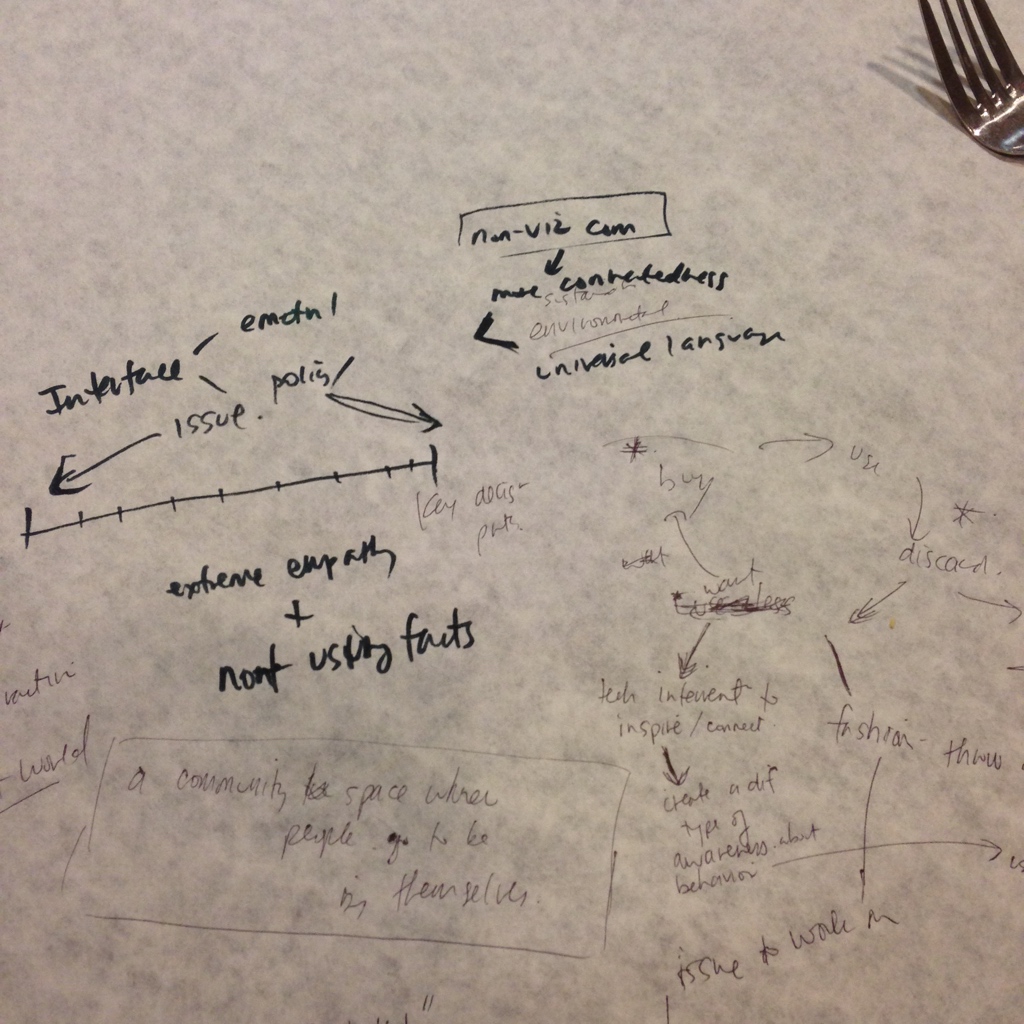THE EMPATHY MIRROR
The word empathy is often used to mean understanding, compassion, or even an emotional connection. Although commonly seen as positive, strong arguments have been made that certain types of empathy can lead to negative outcomes for society. Others call for technology to be harnessed in ways that embody or promote greater empathy for the human condition.
The Empathy Mirror is a way to reflect on our understanding of the word empathy, experienced through art, design, and technology. The aim of this exhibit is to provoke a conversation about the range of meanings associated with empathy and to challenge the echo chamber effect that has also been linked to current application of digital technologies.
NAKFI Workshop on Art, Science, Engineering, and Biomedicine (Irvine, California).
TEAM
We are an interdisciplinary team of scientists, engineers, artists, and designers who are reflecting on the meaning of Empathy from multiple perspectives. The core team was brought together at the National Academy of Science's Keck Futures Initiative on "Art and Science, Engineering, and Medicine Frontier Collaborations: Ideation, Translation, Realization". The core team members include:
- Rieko Yajima, Stanford University, Center for Design Research
- Brian Korgel, University of Texas, Austin
- Youngmoo Kim, Expressive & Creative Interaction Technologies (ExCITe) Center of Drexel University
- Jeffrey Blum, McGill University, Shared Reality Lab
- Rachel Field, Vapor Communications Inc.
IDEATION
Our team was asked to address the question: How can we create human-centered cultures with human-centered technologies to address our needs, improve our environment, or make government decision-making more transparent?
During the Keck Future Initiatives workshop, we spent two days brainstorming various ideas. The questions we explored included:
- What are the ways that technology makes us feel connected versus isolated?
- What are the right incentives for technology to be human-centric versus practical?
- What is the role of the cultural context in how we use technology?
- What does empathy really mean? What does it mean to be empathetic?
- What are the ways that technology can/does promote empathy?
TRANSLATION
Can we use technology to provide an immersive experience to literally see, feel, and hear another person’s point of view?
Our initial concept involved creating an interactive experience that would allow one to immerse themselves in someone else's experience. This "mirror" could reflect our own biases and take us out of our comfort zone into someone else's world view.
A common, reoccurring, question for this project has been the role of technology in creating an echo chamber effect. The echo chamber effect is the idea that we can create our own bubble by surrounding ourselves with people, news, and information that reinforces our existing beliefs. This effect (emotional empathy) is subtle, yet strong, and we often don’t realize when we are in one. How do we reflect and become aware that we are in our own echo chamber? How do we make that experience tangible? And finally, how might we use art and technology to provide a bridge as a way out of the echo chamber towards understanding another person’s point of view (cognitive empathy).
REALIzATION
Our team is developing an art, science and technology installation for a 2018 release. Stay tuned...


